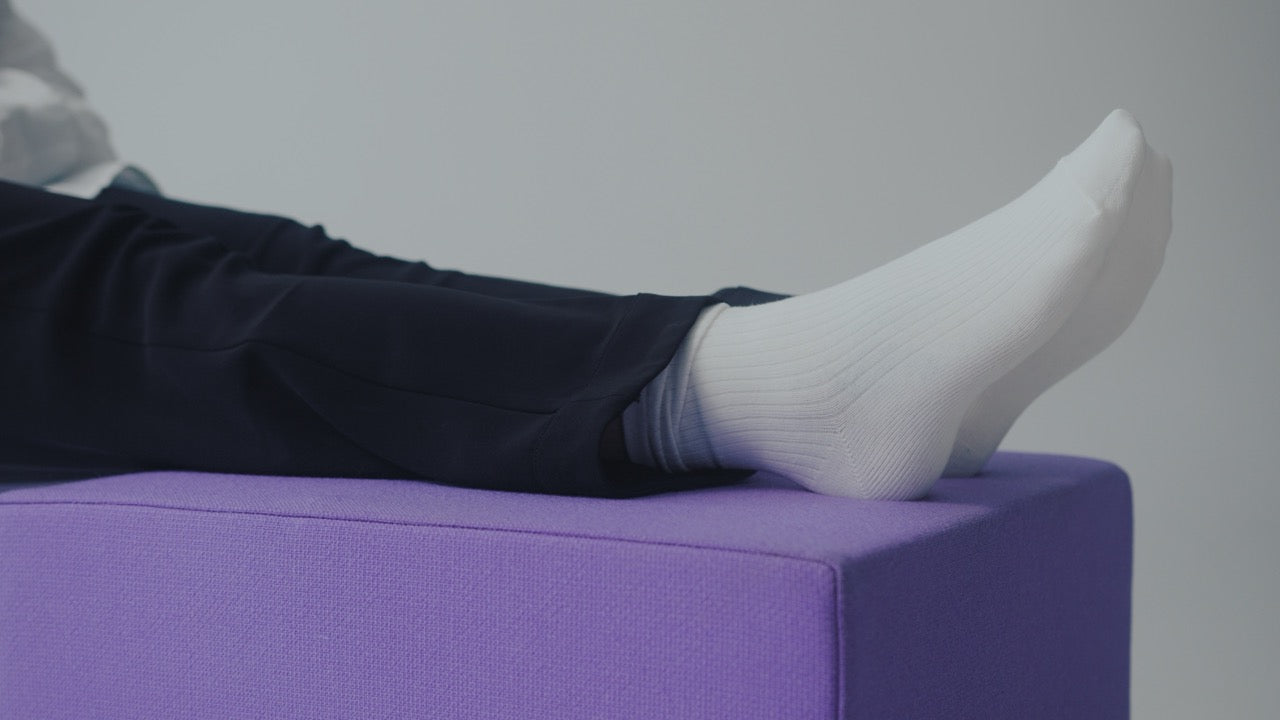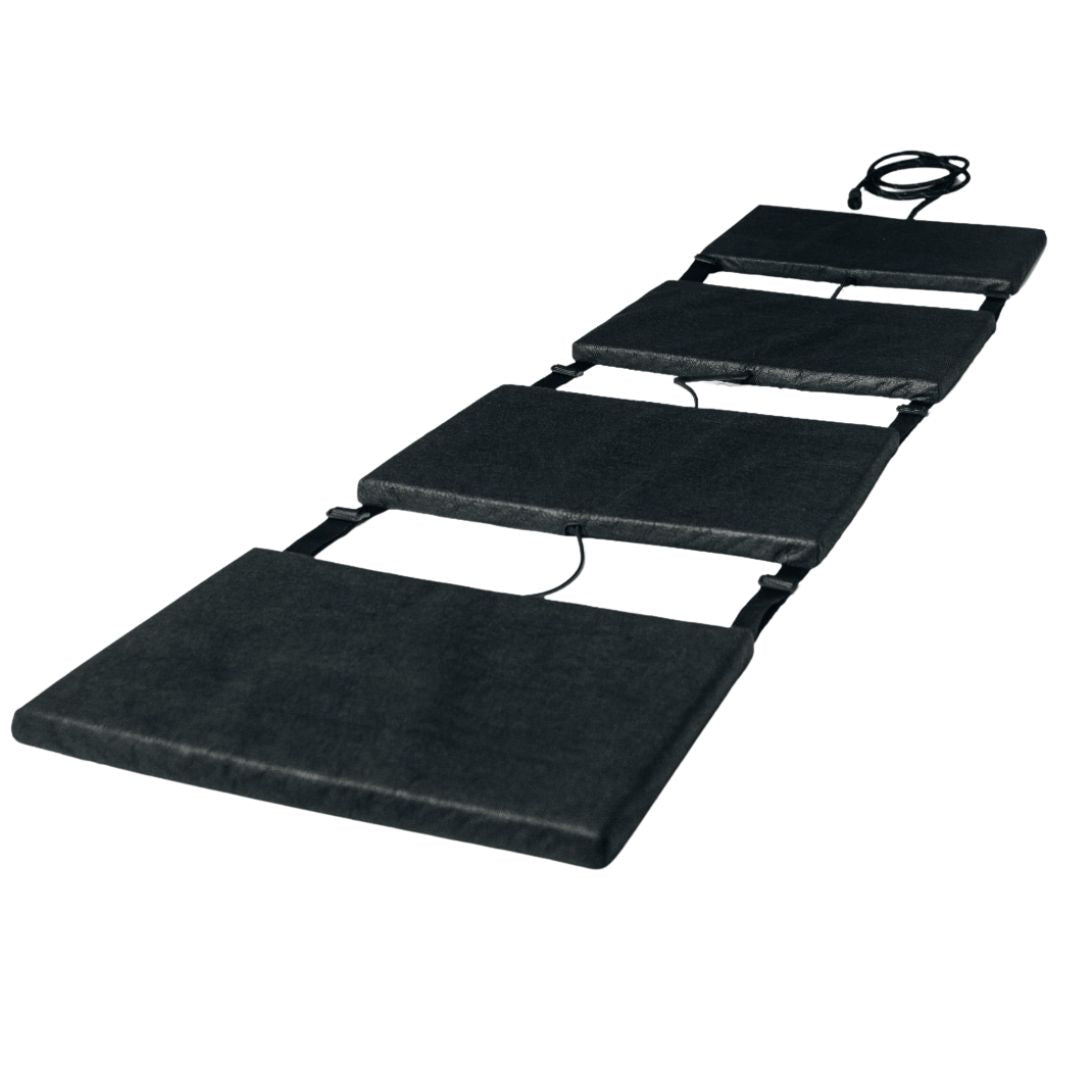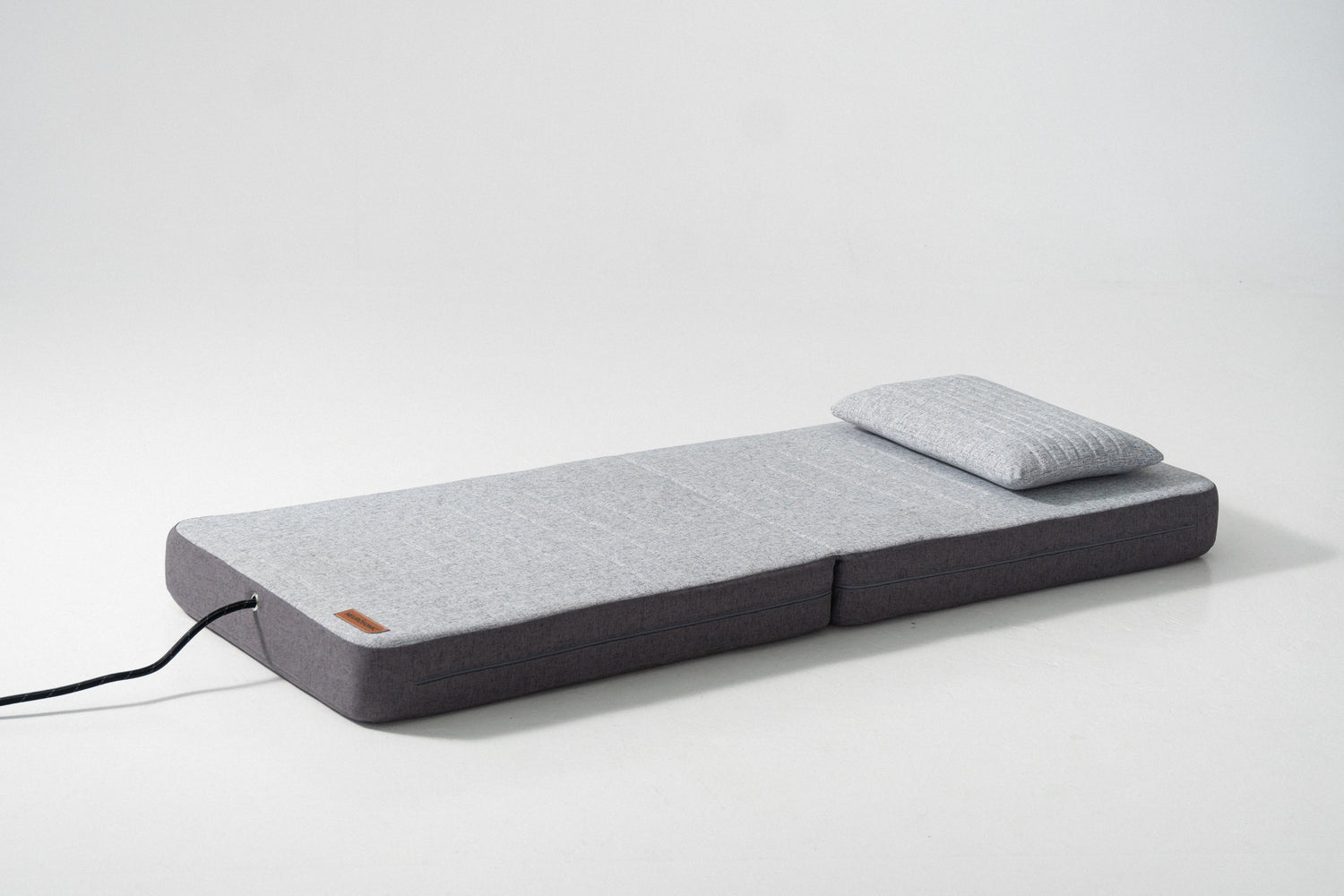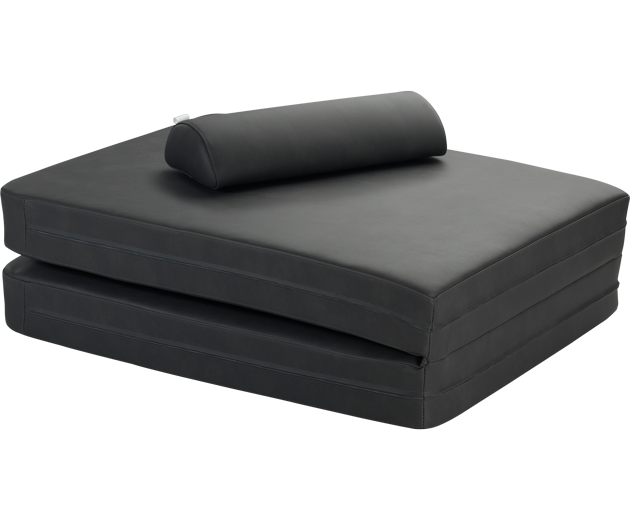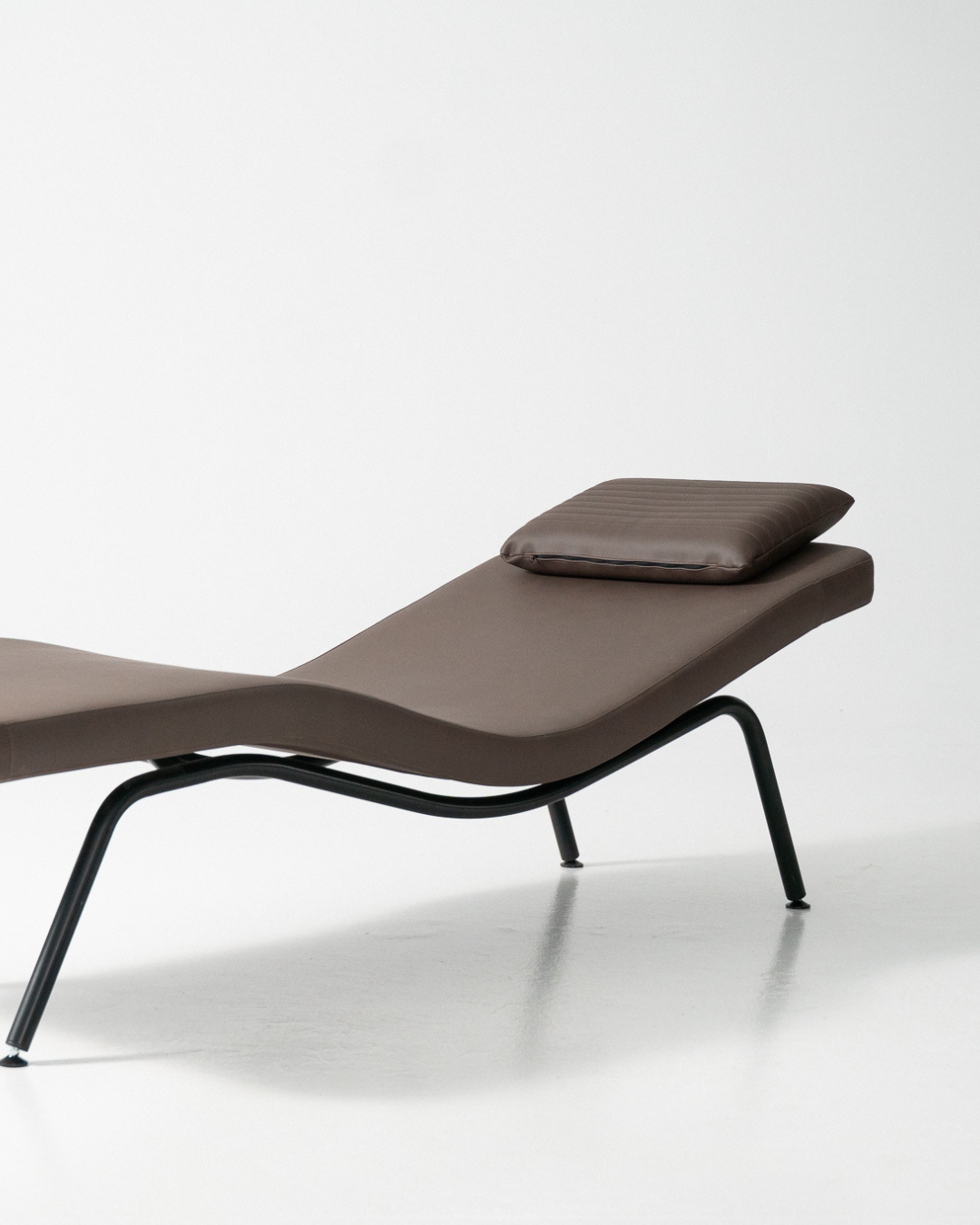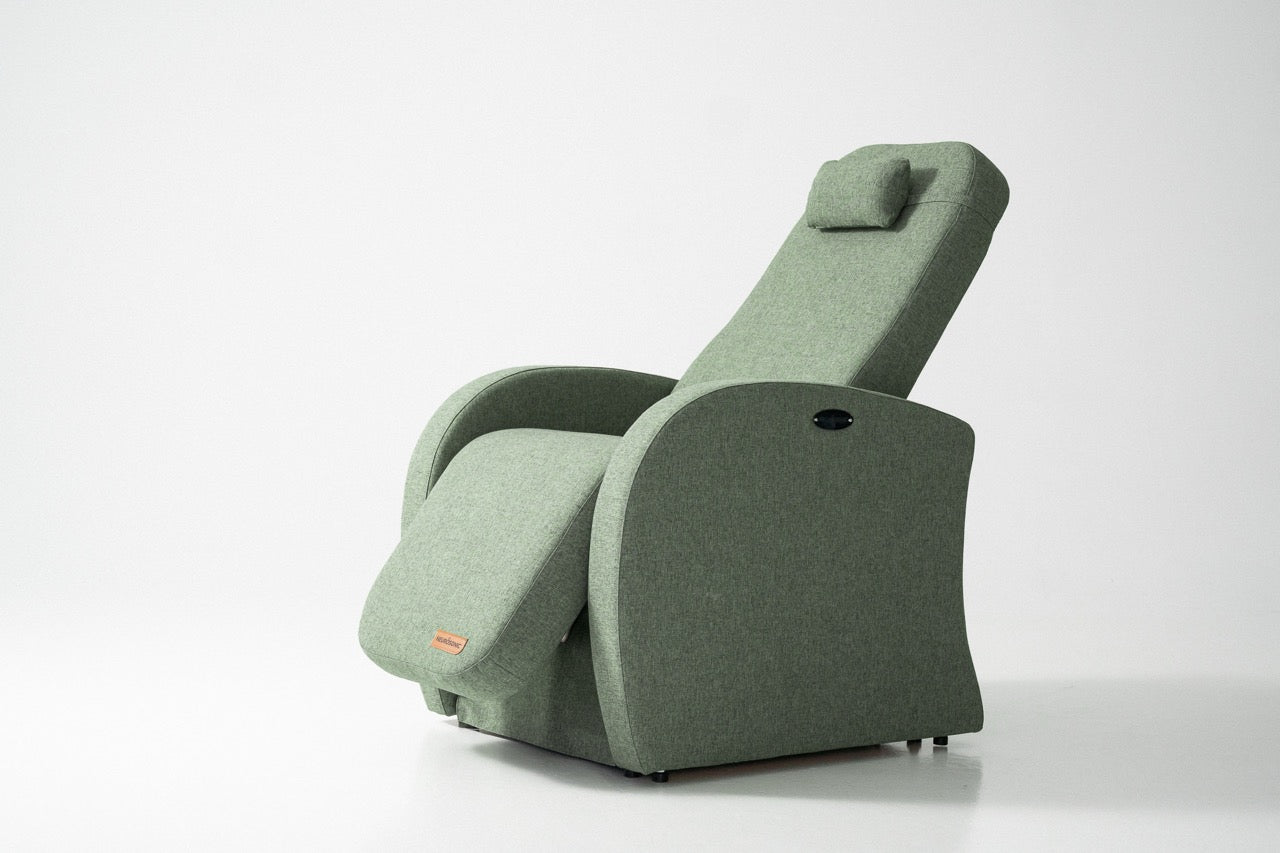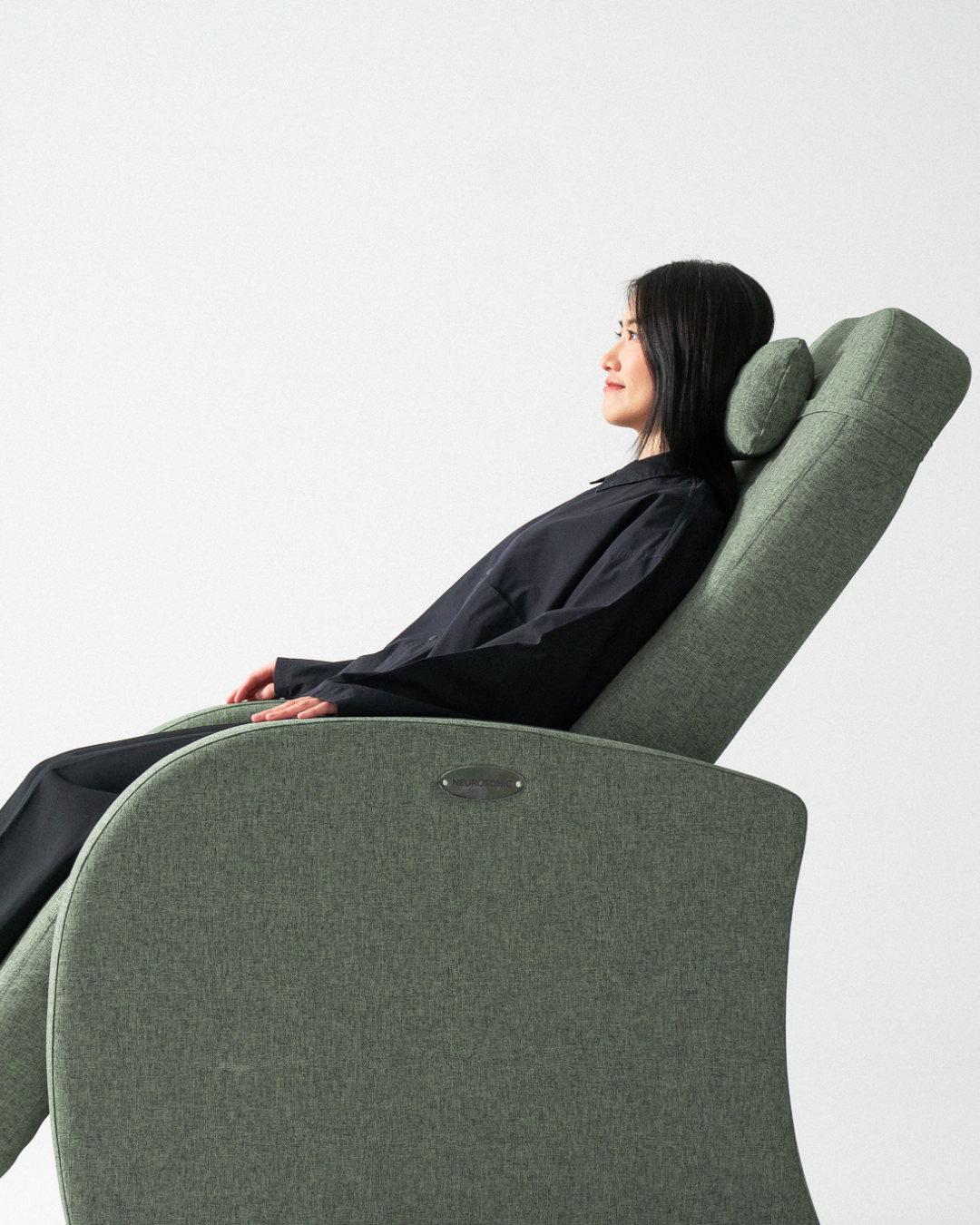
Neurosonic and recovery
Daytime and physical recovery – two perspectives, one goal
Recovery is a key part of overall well-being and a prerequisite for the balance of the nervous system, body and cognitive functions. It is not just passive rest, but an active biological process that allows recovery from stress and the building of new performance. Stress arises from both physical exertion and psychological load – and the recovery mechanisms of both require support.
Daytime recovery is particularly important in mentally demanding work, such as specialist tasks, shift work or operating environments where decision-making, concentration and emotional regulation are key. When the nervous system's overstimulation is not relieved in time, the result is often impaired cognitive performance, sleep disorders and reduced stress tolerance. Short, effective recovery moments during the day support the regulation of alertness, improve attention and prevent the load from becoming prolonged.
Physical recovery is essential for people whose daily lives involve repeated strain on the body – for example, in mobile work, sedentary work or an active lifestyle. When the muscles and blood circulation are unable to recover, tension often results, slow recovery and the quality of rest deteriorates. Supporting recovery promotes muscle relaxation, improves metabolism and eases the physical load of everyday life.
Recovery of the body and mind goes hand in hand. In order to achieve holistic well-being, it is important to support both – both the calming of the nervous system and the physical recovery of the body.

Daytime recovery
Daytime recovery prevents the accumulation of stress and improves alertness, cognitive performance, and sleep readiness. When the nervous system is not constantly overstimulated, the overall recovery load is reduced even before the evening.
Neurosonic's low-frequency vibration activates the parasympathetic nervous system and suppresses the overactivity of the sympathetic nervous system (stress nervous system). The vibration affects the body throughout the nervous system and supports the transition from a state of alertness to a state of rest.
Experiential effects:
- Feeling calm and relaxed even after a short Neurosonic session
- Clearer thinking and better concentration
- Less afternoon fatigue and restlessness

Physical recovery
Neurosonic's low-frequency vibration (20–100 Hz) is transmitted to the body through a mattress or chair and stimulates the nervous system, muscles and connective tissues gently but deeply.
Vibration relaxes muscles and increases blood circulation, which promotes metabolism and the elimination of waste products. This supports recovery from stress without physical effort - the body recovers while resting.
Practical implications:
- Relief of muscle tension and tightness
- Body lightness and better mobility
- Faster recovery from training, work or physical exertion
- Reduced pain and muscle soreness
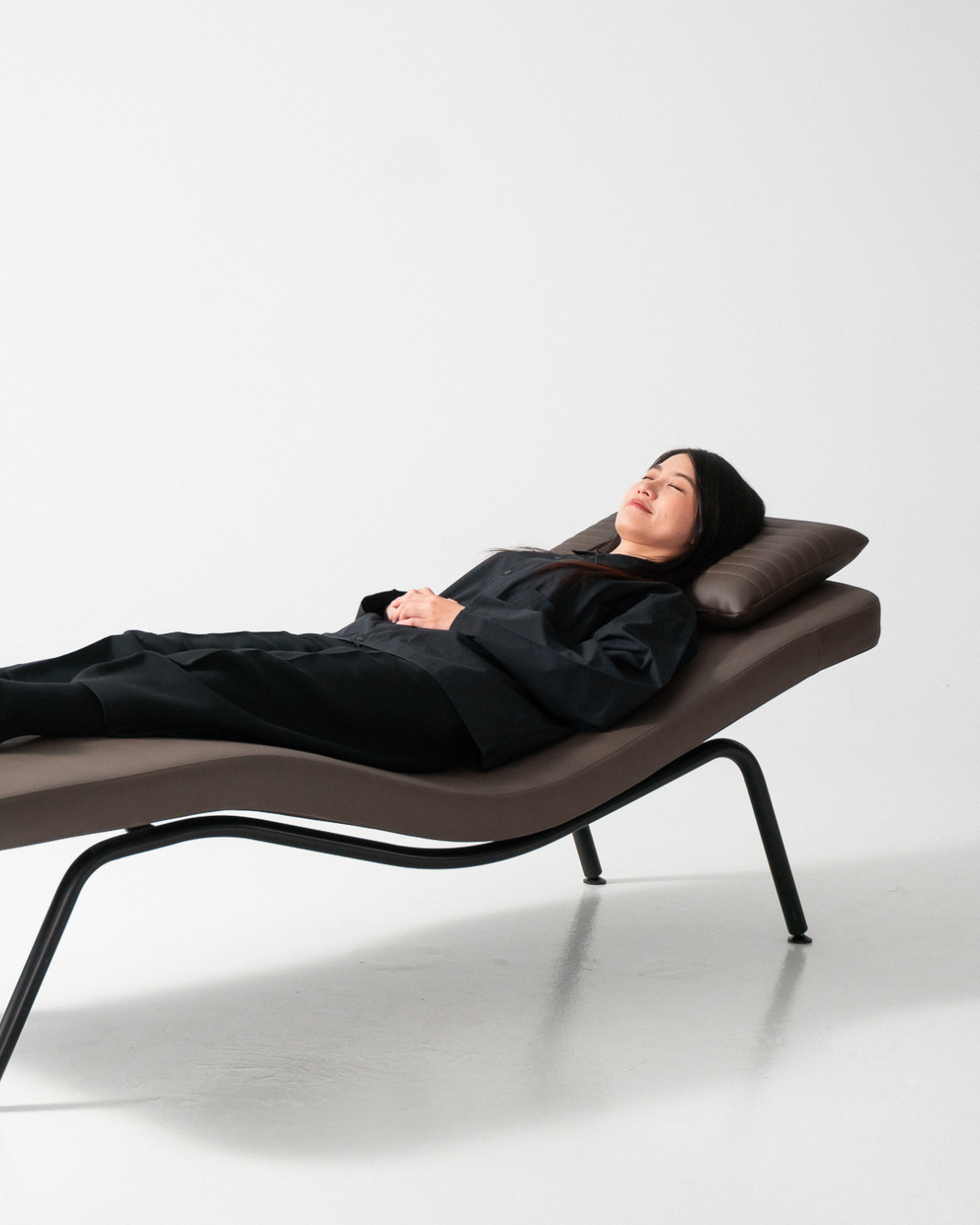
Neurosonic as part of everyday life
Holistic well-being doesn't always require time or willpower. Neurosonic offers a fast, effective and user-friendly way to influence the balance of the nervous system - as part of your regular day.
Here's how you can utilize Neurosonic in different situations:
- In the morning: Activate alertness before starting the workday
- During your lunch break: Break the stress cycle and support your focus for the afternoon
- After workout: Speed up recovery and reduce muscle tension
- In the evening: Calm the nervous system and prepare for a restful, deep sleep

Wellbeing made easy
Neurosonic devices are controlled via an app, from which you can choose a program that suits you:
- Relaxing programs: calming the nervous system, relieving stress, improving sleep quality
- Activating programs: improving alertness and concentration
- Restorative Programs: Supporting Holistic Recovery
It's easy to use: choose a program according to your mood and let the vibration do the rest.


